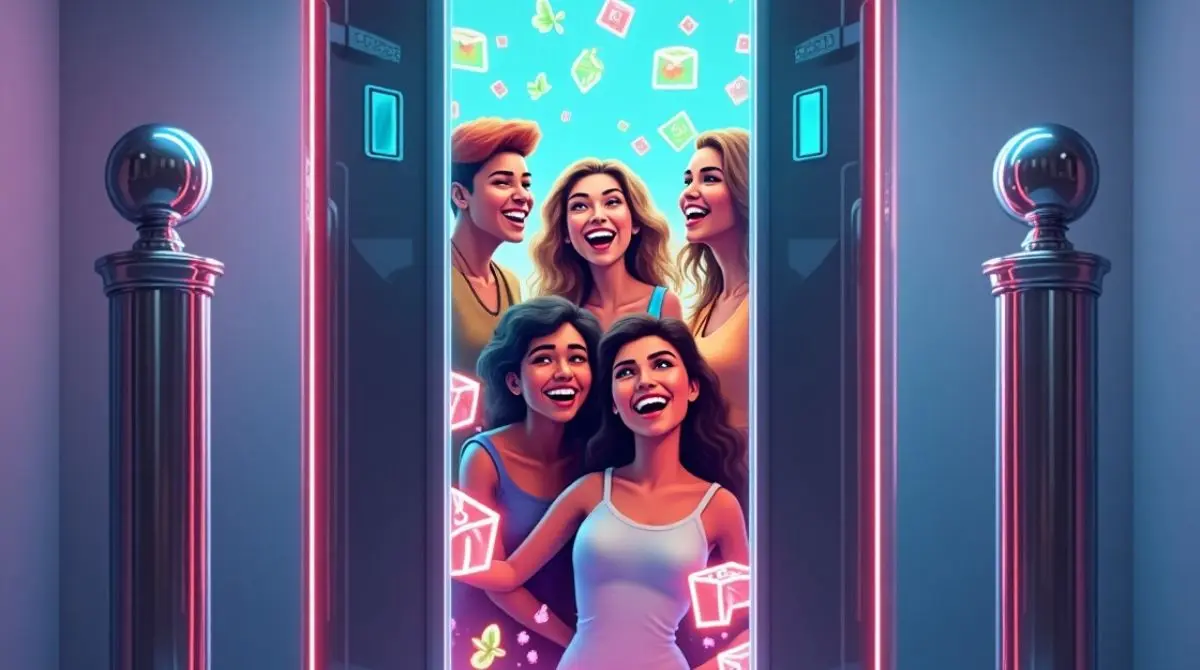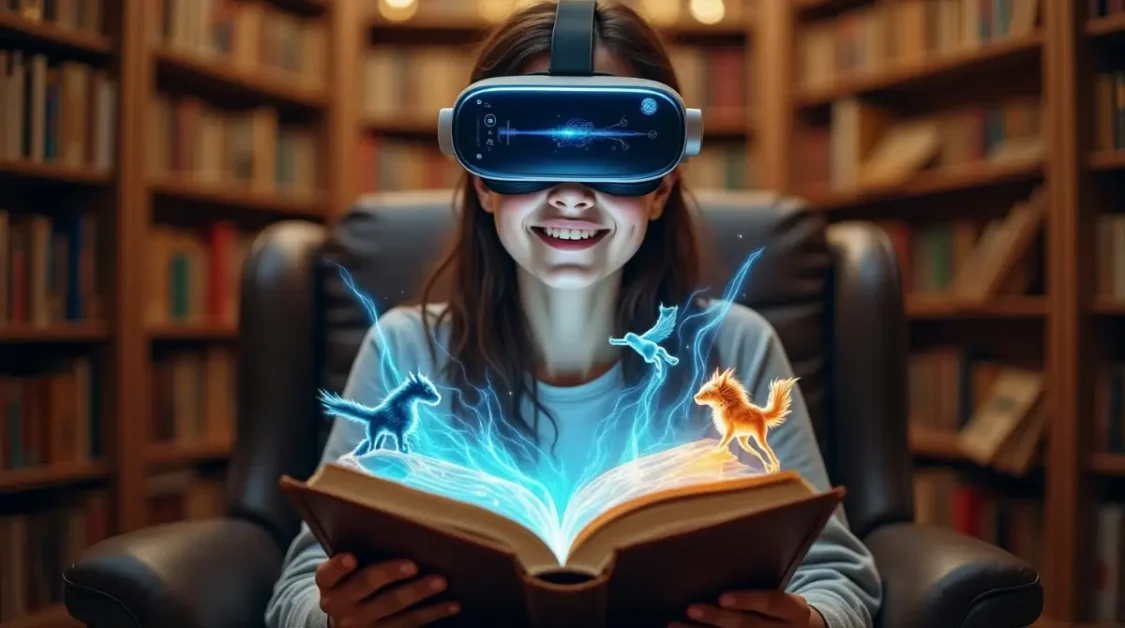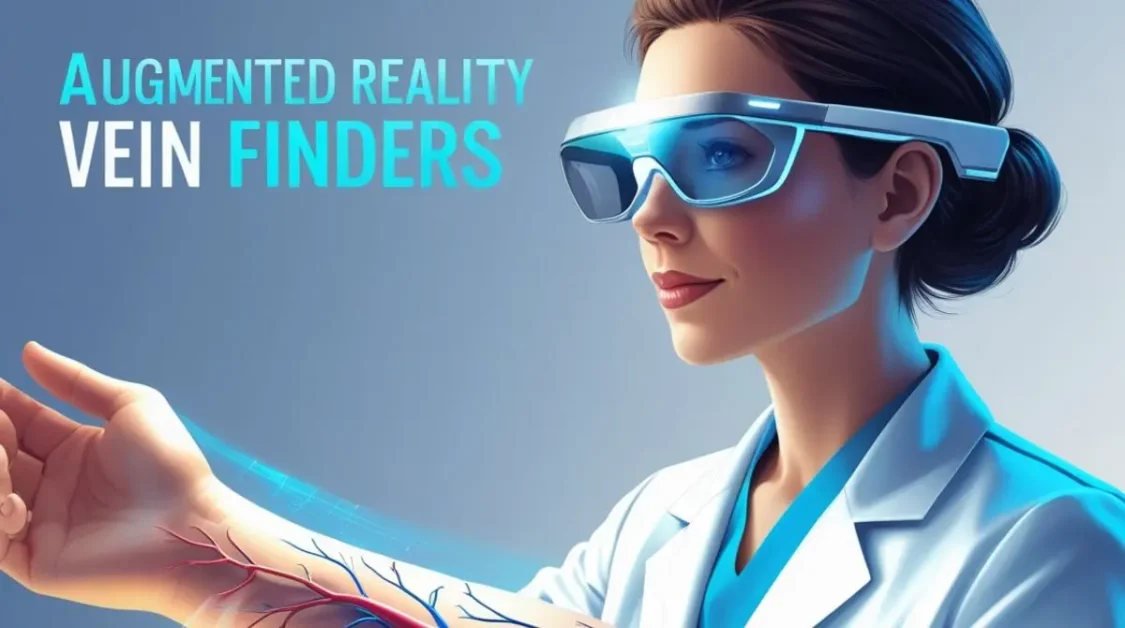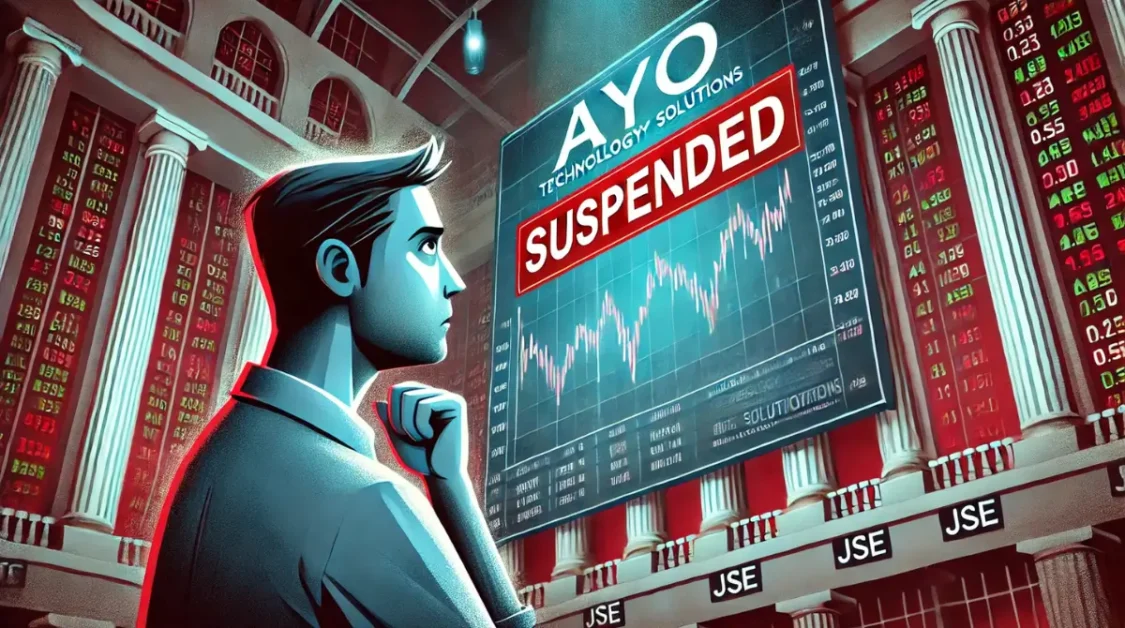In recent years, technology has transformed many aspects of our lives, and event photography is no exception. One of the most exciting developments in this field is the Augmented Reality (AR) photo booth. By blending the real and virtual worlds, AR photo booths are changing the way we capture and share memories at events.
What is an Augmented Reality Photo Booth?
An AR photo booth is a modern twist on the traditional photo booth. Instead of just taking a simple picture, it overlays digital elements—like animations, filters, or 3D graphics—onto the live image. This means that when you step into an AR photo booth, you can see yourself interacting with virtual objects or scenes in real-time, creating a unique and immersive experience.

How Does It Work?
The magic behind AR photo booths involves a combination of cameras, screens, and specialized software. Here’s a simple breakdown:
- Capture: A camera records the live image of the person or group.
- Process: The software detects faces and movements, then adds the chosen digital effects or animations to the live image.
- Display: The combined image is shown on a screen, allowing users to see themselves with the virtual additions.
- Share: Once satisfied, users can save the image or video and share it instantly on social media or via email.
Enhancing Event Experiences
AR photo booths bring a new level of fun and engagement to events. Guests are no longer just posing for a picture; they’re interacting with dynamic digital content. For example, at a themed party, attendees might find themselves surrounded by virtual decorations that match the event’s motif. This interactive element makes the experience more memorable and encourages guests to participate and share their creations.
Benefits for Event Organizers
For those planning events, AR photo booths offer several advantages:
- Customization: Digital overlays can be tailored to fit the event’s theme, branding, or message, providing a personalized touch.
- Social Media Buzz: The unique and shareable content generated encourages guests to post on social media, increasing the event’s online presence.
- Data Collection: Organizers can gather insights into guest preferences and engagement through the digital interactions, helping to improve future events.
The Technology Behind AR Photo Booths
The development of AR photo booths has been influenced by advancements in various technologies. For instance, the integration of computer vision allows the system to accurately detect and track faces and movements, ensuring that digital elements align seamlessly with the real-world image. Additionally, improvements in processing power enable real-time rendering of complex graphics, making the experience smooth and enjoyable.
Applications Beyond Entertainment
While AR photo booths are popular at parties and weddings, their applications extend beyond entertainment. Businesses are using them for marketing campaigns, allowing customers to interact with products in a virtual space. Museums and cultural sites are also exploring AR to provide immersive educational experiences, where visitors can see historical scenes or artifacts come to life.
The Future of Event Photography
As AR technology continues to evolve, we can expect even more innovative applications in event photography. Future AR photo booths might incorporate features like:
- Enhanced Interactivity: Allowing users to manipulate virtual objects or navigate through virtual environments.
- Personalized Experiences: Using AI to tailor the digital content based on individual preferences or behaviors.
- Integration with Other Technologies: Combining AR with virtual reality (VR) or wearable devices to create even more immersive experiences.
Conclusion
Augmented Reality photo booths are redefining the landscape of event photography by merging the physical and digital worlds. They offer engaging and customizable experiences that leave lasting impressions on guests. As technology advances, the possibilities for AR in event photography are boundless, promising even more exciting developments in the years to come.
Frequently Asked Questions
What is AR photo booth software?
AR photo booth software is designed to add virtual effects, animations, and interactive elements to photos and videos in real-time. It uses face tracking and motion detection to create an immersive experience for users. Many software options allow customization to match event themes or branding.
How much does an AR photo booth cost?
The price of an AR photo booth depends on its features, quality, and brand. Basic setups can start from a few hundred dollars, while high-end models with advanced effects and customization options can cost several thousand dollars. Rental prices vary based on event duration and location.
Where can I buy an AR photo booth?
Several companies offer AR photo booths for sale, catering to businesses, event planners, and entertainment venues. Buyers can choose from different models with various levels of interactivity, portability, and software capabilities.
Are there free AR photo booth options?
Some apps and online platforms provide free AR photo booth experiences with limited features. These are great for casual use but may lack the customization and high-quality effects found in professional setups.
Is there an app for AR photo booths?
AR photo booth apps allow users to apply digital effects to their selfies and videos using their smartphones or tablets. Popular apps offer features like filters, 3D objects, and virtual backgrounds, making them fun and easy to use.
What is an AR screen?
An AR screen is a display that merges real-world visuals with digital elements, often used in AR photo booths. These screens track user movements and apply virtual effects instantly, enhancing the interactive experience.
What is Hero Mirror?
Hero Mirror is a high-tech AR photo booth that looks like a mirror but comes with built-in touch and motion sensors. It allows users to interact with animations and virtual props while taking photos or recording videos.
What is an interactive photo booth?
An interactive photo booth engages users with augmented reality, touchscreens, or gesture-based interactions. These booths are popular at events, offering unique experiences that go beyond traditional photography by allowing real-time customization and engagement.



